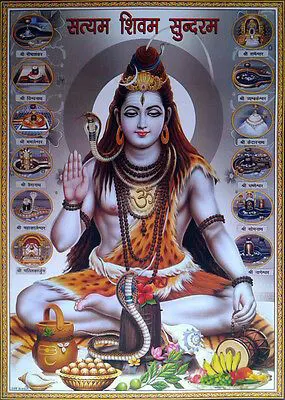Shri Radhe Shri Radhe Shri Radhe Shri Radhe Shri Radhe Shri Radhe Shri Radhe.
Hindu response to western imperialism emerged in the 19th century in the form of social and religious reform movements and political mobilisation seeking to draw inspiration from antiquity and Hindu philosophy. But reformers were not only imagining the future but also re-imagining the past. They argued that modern values such as social equality, political democracy, liberty, the idea of the nation are all rooted in Hindu tradition and philosophy. Hence, Hindu society and polity are naturally at home in the modern era.
.
These views were propagated by Hindu thinkers, writers, poets, religious leaders, and social and political leaders throughout the Indian subcontinent. The fact that these views found rapid and widespread acceptance demonstrate that these ideas were not alien to the Hindu society and changing social and economic structures favoured them.
.
The tantra movement in the medieval period and the Bhakti movement in the early modern period infused Hindu society with the ideas of social and gender equality. From the Nath Sampradaya and Vachana Sahitya to Ravidas and Kabir, Hindu society already had what could be called proto-modernity. Popular and highly symbolic oral epics such as Manteswamy Kavya even argued how technology must ultimately be liberated from its hereditary practitioners, i.e the practice of a birth-based caste system determining occupation needed to go for the progress of civilisation.
.
It is striking that all segments of the Hindu polity, from the Left to the Right, argued for a modern nation despite rooting their positions in the civilisational antiquity of India. None of them wanted a return to the past, unlike their counterparts in the Muslim polity, but wanted to learn from the values of a past and reinterpret it in a modern image. If one side was looking towards the West or the Soviet Union, the other was looking towards Japan and Korea to create a modern Hindu nation.
.
Hindutva was the Hindu response to western colonialism and resurgent Islamic imperialism in the Indian subcontinent, and emerged under the new economic order based on industry and capitalism. Hindutva inherited the legacy of the Hindu proto-modernity and contemporary social and religious reform movements to imagine a modern-industrial Hindu nation. It sought to dismantle the caste system, and create a democratic State with individual rights, freedom of expression and religion. Hindutva argued for a modern Hindu nation with primacy to science and technology. It imagined a centralised State with strong defence capabilities, yet part of the world commonwealth in pursuit of stability and peace. Hindutva always confined itself to the aim of a Hindu Rashtra (nation), and, at no point, did it argue for a Hindu Rajya (State). Even the Hindu Mahasabha proposed a secular State based on the principle of one-man, one-vote..
The main intellectual challenge for Hindus was to justify their existence as a society. Who were they? Tamil, Bengali, Punjabi, Marathi, Jat, Brahmins, Ahirs, Pasi, Rajputs, Vokkaligas? The coming together of various pagan traditions under the umbrella of Hinduism is a centuries-old process. But Hindutva consolidated it by welding Hindus into a political community and as a nation by emphasising the commonalities of a highly diverse Hindu society.
.
Shri Radhe Shri Radhe Shri Radhe Shri Radhe Shri Radhe Shri Radhe Shri Radhe Shri Radhe.



.jpg)

